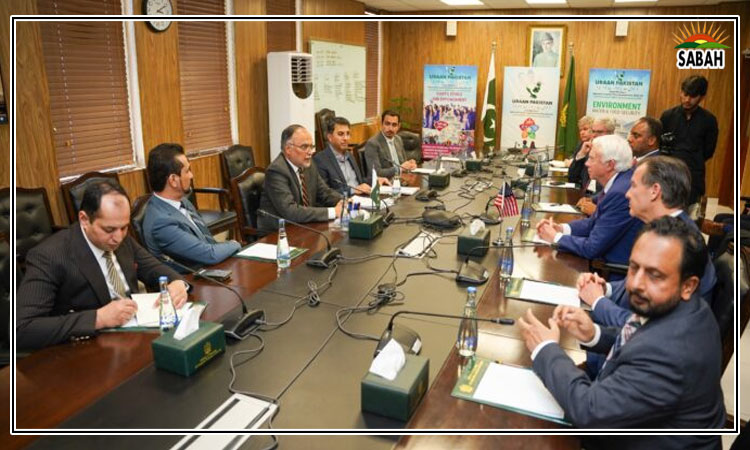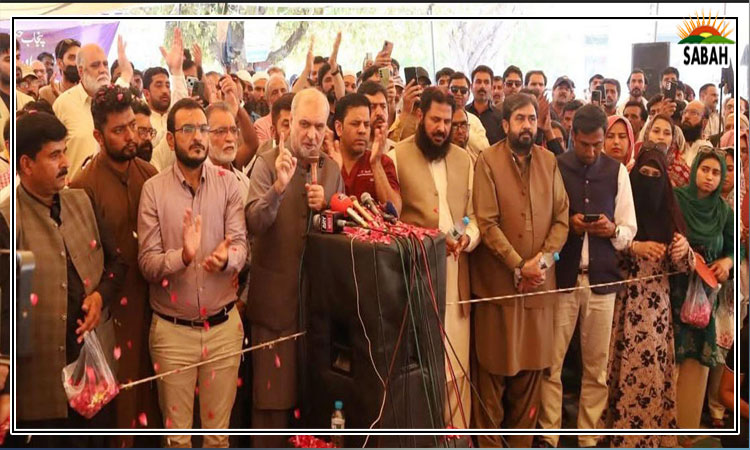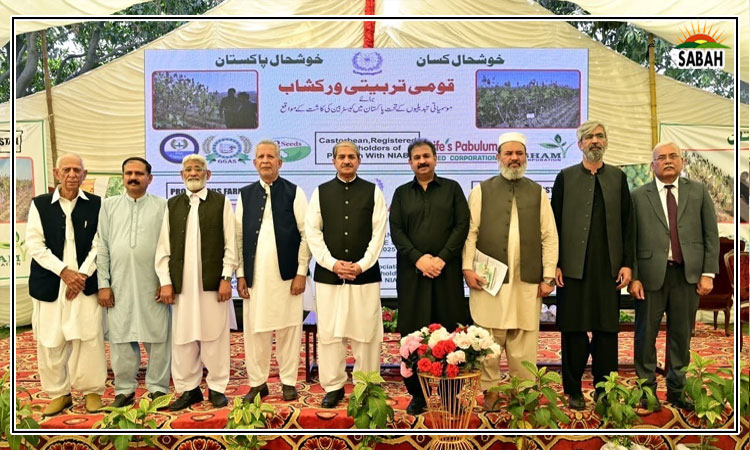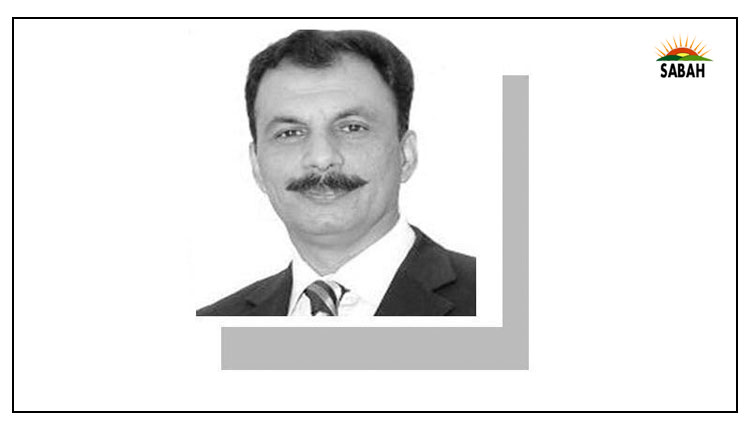Street safety …. Mohammad Ali Babakhel
THE Sindh chief executive’s resolve to address street crime is encouraging. This commitment raises important questions: are these crimes organised or opportunistic? Can traditional policing strategies alone be effective, or is a blend of conventional and technological methods required? How important is educating the public on safety measures for the prevention of street crime? Also, one must consider whether street crime is predominantly an urban or rural phenomenon.
Street crimes typically include the snatching of mobile phones, cash, and motorcycles by individuals aged between 18 and 35. The environment, such as street lighting, architectural designs, and administrative practices, also plays a significant role in these incidents. Although initially appearing to be opportunistic, these crimes are increasingly becoming organised, driven by environmental and situational factors. They usually occur in densely populated and economically disadvantaged areas, particularly where there is minimal surveillance, such as lack of CCTV, private security, and alarm systems.
Several factors contribute to the rise in street crime, including high unemployment rates, poverty, easy access to small arms, a low criminal conviction rate, enticing high-value items, insufficient police presence, low CCTV coverage, weak police-community collaboration, and limited public knowledge on safety practices. Hiring unverified labourers and domestic workers in urban areas like Karachi also plays a role. The psychological impact is significant, leading to increased feelings of insecurity and a rise in mental health issues among residents.
Recent reports indicate a significant surge in street crime in Karachi, with daily occurrences of theft and violence. However, lengthy processes and low trust between police and the public often prevent victims from reporting crimes. Streamlining the process for registering FIRs could enhance public trust and provide more accurate crime data. Karachi Police, with a force of 44,000 personnel, dedicates only 13,500 to patrol duties, with the remainder assigned to non-patrol roles. This distribution poses challenges in effectively managing street crime, as traditional policing methods often result in unsuccessful investigations.
Karachi’s unchecked demographic changes have led to the unregulated growth of slums, necessitating the establishment of a ‘Slums Regulatory Authority’ to oversee these areas and ensure proper integration of newcomers from other cities with collaboration between union councils, police, and Nadra. To effectively prevent crime such as auto theft and ATM robberies, improvements in vehicle security, increased surveillance around ATMs, and greater police visibility are essential. To address such challenges in Pakistan, the police introduced the Ababeel, Mujahid, Shaheen, and Dolphin squads, but public expectations require a more proactive approach and technological backup.
Traditional policing methods may result in faulty investigations.
International examples, such as Malaysia’s successful strategies, can offer valuable insights. These include enhanced police visibility, identifying crime hotspots, and fostering police-community partnerships, which have proven effective in improving public safety and reducing crime rates.
To effectively combat street crime, the police should harness advanced technologies like AI, CCTV and mobile apps to detect crime and aid their prevention. Facial and licence plate recognition are key to identifying and managing offenders, while GPS tracking is invaluable for recovering stolen vehicles and monitoring taxis.
However, relying solely on technology is not enough to reduce street crime. Effective law enforcement and active community engagement are equally crucial. Police need increased mobility, and the motorcycle business, including vehicle registration, requires stringent regulation. Initiatives like Safe City projects should be launched in major cities such as Karachi to enhance urban security. As most street crimes occur after sunset, identifying and reinforcing hotspots with security and lightingand public education on safety are imperative.
Improving the justice system is essential to addressing inefficiencies and corruption. Enhancing investigation quality, prosecution, and witness cooperation is vital for increasing conviction rates. Citizen education regarding the safe use of mobiles, safe car parking, using ATMs, etc, should be part of urban policing. For this purpose, all capital police departments in Pakistan should initiate citizen-police education initiatives, including through distance learning.
A holistic approach involving technology, community engagement, political will, professional policing, and responsible citizenry is necessary to deter and defeat street crime.
The writer is author of Pakistan: In Between Extremism and Peace.
Twitter: [@alibabakhel1]
Courtesy Dawn, May 11th, 2024












